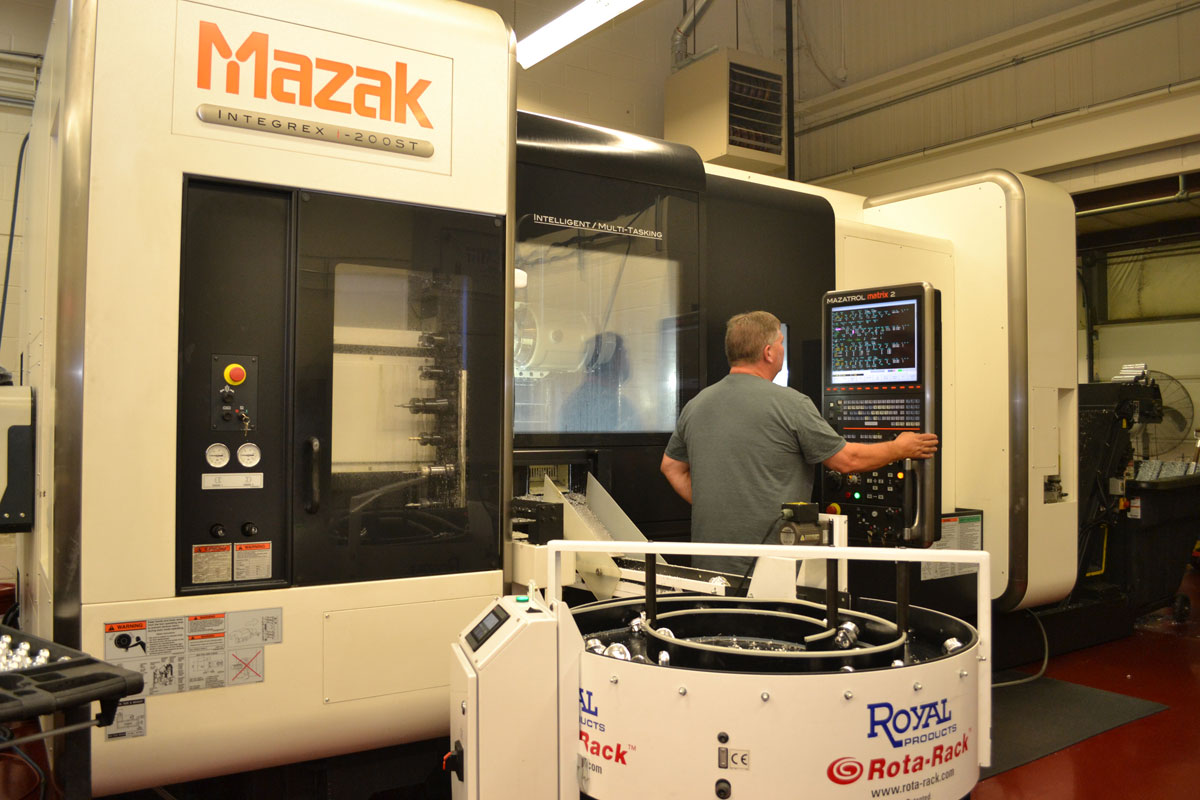The Biggest Trends in Racing Shocks We’ve Seen This Past Year (2021)

January 3, 2022

If the last year has shown us anything, it’s that passion for motorsport is a hard thing to stifle.
During the global pandemic in 2021, full racing seasons still happened, championships were won and lost, fans filled the stands (although a little more spread apart), and the spirit of competition raged on.
It wasn’t business as usual, though, with complications related to travel, tests, masks, and limited personnel allowed in the pits and paddocks. Trade show attendance suffered, and we spent another year “meeting” with our global friends and counterparts through our screens.
In the end, we all made it work. That is what racers do.
Racing Shocks This Past Year: What were the Biggest Trends?
As we look back over the last year, there were many obstacles we had to overcome. From price hikes for essential materials to supply chain shortages, we’ve had to adapt and pivot to continue to provide stellar service to our customers.
Let’s delve deeper into 2021 and how racing shocks were affected going forward.
A Bit of the Same
With new rules and chassis regulations pushed out until 2022, we enjoyed seeing some of the most advanced technologies in shock absorbers having a stay of execution with a bonus year on track.
Things like hydraulic connected suspensions and inerters in Formula One are two examples of technologies that will not be on track in 2022.
In NASCAR, the new Gen-7 car was also pushed out another year to 2022, which may have been a slight relief to teams grappling with the new from-the-ground-up chassis.
Now that 2022 is here, it’s up to each team to see if they can figure out the new changes!
Continued Growth
Given the uncertainty in the world, common-sense decisions made by sanctioning bodies and rule-makers provided some insulation from cost struggles and allowed racing organizations to hunker down and make it out on the other side.
Another encouraging sign that things will be OK is the large influx from manufacturers in motorsport, especially sports cars. Acura, Cadillac, BMW, Porsche, and others announced an unprecedented number of factory racing programs in 2021.
Penske also saw one of our customers compete at Le Mans for the first time in 2021 with dampers designed almost entirely during the lockdown.
A Worldwide Shortage
Global supply chain shortages made the evening news and posed serious problems for everyone, including racers.
Prices of the steel, aluminum, and titanium used to make shock absorber parts went up overnight. Things we never had to think about like shims and o-rings saw their lead times push out 15-20 weeks or more, and our suppliers and machine shops suffered through periods of staffing shortages with people quarantined or at home, sick.
The Outlook for Penske Racing Shocks
Due to long-term strategic planning, Penske has invested heavily in our in-house manufacturing resources over the past five years. Our shocks are American-made, which insulated us somewhat from material and parts shortages.
As such, when our outside suppliers struggled with COVID-related issues, we were in a position where we could easily pivot to retool our machines to make the parts needed to minimize the impact of getting products to our customers.
We know that if our customers didn’t get what they need from us, they would be forced to go elsewhere, even as loyal as they are. We were not going to let that happen.
Team Resilience
It’s hard to say what it would take to stop racers from competing, nor would we want to find out. The extreme and ever-present demands placed on racers and racing teams every week conditioned them to solve problems with extreme ingenuity and quickness and weather any storm or adversity.
The groups that did this the best became champions, and those who struggled had to dig deeper to emulate the champs.
Never has it been more evident than in the past year; when racing is in the blood, the best racers and teams find a way.
The Biggest Trend
2021 was a validation of the resilience of our industry.
The most significant trend was all-out grit to make things as normal as possible in a very abnormal world. Watching race cars take checkered flags weekly is a sign of semi-normalcy that people relate to and gives a sense of hope to those of us supporting the industry. Although we are happy to see the end of 2021, we’re encouraged that we’re better equipped to deal with anything that comes our way and keep the motorsport world humming.
What Does This Mean for You
As you can see, major developments and trends in the racing world are big-picture-related. As the world recovers, your best bet as a racer is to remain resilient week in and week out and focus on fine-tuning what YOU need to be at your best. It might be tempting to follow the leader and invest in the same shocks that the fastest guy has, but just copying another driver or team is never the answer.
Instead, take advantage of the Penske S3 process. Our shock + setup + support process helps you optimize your suspension setup from the start. The S3 process combines the best shock for your application with a personalized setup and the support to aid your pursuit to be better.


%20(1).png?width=1080&height=1080&name=Heritage%20Cruiser%20Shock%20-%20IG%20(1)%20(1).png)